Home>Furniture>Kitchen Furniture>Why Don’t Gas Stove Burners Have Flame In Center
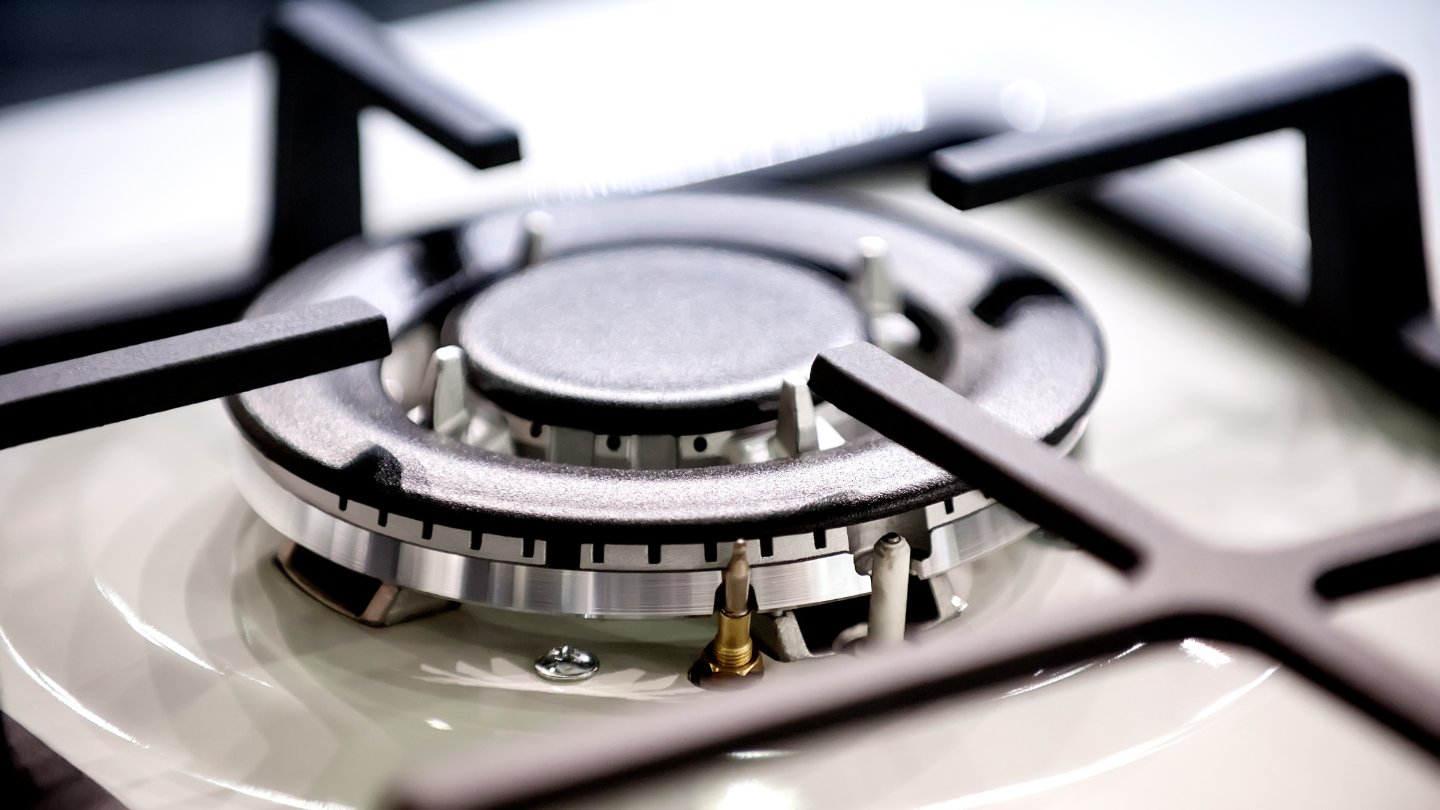

Kitchen Furniture
Why Don’t Gas Stove Burners Have Flame In Center
Modified: January 6, 2024
Discover why gas stove burners don't have a flame in the center and learn more about this fascinating topic in our insightful articles.
(Many of the links in this article redirect to a specific reviewed product. Your purchase of these products through affiliate links helps to generate commission for Storables.com, at no extra cost. Learn more)
Introduction
Gas stoves have been a staple in kitchens around the world for decades, providing a reliable and efficient cooking method. However, one peculiar characteristic of gas stove burners often raises questions: why don’t they have a flame in the center? When you turn on a gas stove, you’ll notice that the flame is distributed evenly across the burner, with no central flame.
Many people assume that the absence of a flame in the center is a design flaw or oversight. However, there is a scientific explanation behind this phenomenon. Understanding the science behind gas stove burners and their flame distribution can shed light on why center flames are not present.
Next, we will dive into the science behind gas stove burners, examine burner design and flame distribution, explore the factors influencing flame placement, discuss the importance of even flame distribution, and examine the advantages and disadvantages of center flame placement. We will also touch upon safety considerations when dealing with gas stoves. By the end, you’ll have a comprehensive understanding of the reasons behind this intriguing characteristic of gas stove burners.
Key Takeaways:
- Gas stove burners are intentionally designed without a flame in the center to ensure even heat distribution, consistent cooking results, and enhanced stability for pots and pans.
- Prioritizing safety considerations, such as proper ventilation, regular maintenance, and child safety protocols, is crucial when using gas stoves to create a safe cooking environment.
The Science Behind Gas Stove Burners
Gas stove burners operate based on the principles of combustion and heat transfer. When you turn on the gas supply to a burner and ignite it, a chemical reaction occurs between the gas and the oxygen in the air, resulting in a flame. This flame heats up the bottom of the cooking pot or pan, transferring the heat to the food being cooked.
The burner itself consists of a series of small holes called burner ports, through which the gas is released. The size and arrangement of these ports determine the shape and size of the flame. In a typical gas stove burner, the ports are arranged in a circular pattern, surrounding a central area where there are no ports. This configuration is designed to create a specific flame pattern.
The reason behind the absence of a flame in the center lies in the way gas flows out of the burner ports. When the gas is released from the ports, it forms a ring-shaped flame around the central area with no ports. This occurs due to the airflow dynamics created by the burner design and the way gas molecules mix with air molecules.
As the gas is released from the ports, it immediately comes into contact with the surrounding air. The gas molecules mix with the air molecules, creating a mixture that is conducive to combustion. However, at the center of the burner where there are no ports, there is no direct release of gas. As a result, there is no mixture of gas and air to support combustion, thereby preventing the formation of a central flame.
This unique design ensures that the flame is distributed evenly across the burner surface, allowing for efficient and uniform heat distribution. It also prevents any gaps or areas of overconcentration of heat, which could lead to uneven cooking or scorching of the food.
Now that we’ve explored the science behind gas stove burners, let’s take a closer look at burner design and flame distribution.
Burner Design and Flame Distribution
The design of a gas stove burner plays a crucial role in determining the distribution of the flame. Most gas stove burners feature a circular design, with the burner ports arranged in a ring-shaped pattern around a central area. This design allows for a controlled and even distribution of the flame across the burner surface.
The specific configuration of the burner ports determines the shape and size of the flame. The size and number of ports, as well as their positioning, influence the amount of gas released and the direction in which it flows. By carefully engineering the burner design, manufacturers can achieve optimal flame distribution and heat output.
When the gas is released through the burner ports, it forms a ring-shaped flame that surrounds the central area. This flame distribution ensures that the heat is evenly spread across the surface of the burner. The circular flame pattern also provides a wider cooking area, allowing for the simultaneous use of different-sized pots and pans.
In some gas stove burners, you may notice that the outer part of the flame appears more prominent and intense, while the inner part is comparatively smaller. This is intentional and designed to provide optimal heat for cooking. The outer part of the flame, known as the primary flame, is where the combustion process is most intense. It produces the highest amount of heat and is responsible for heating the bottom of the cookware.
As the heat from the primary flame travels upward, it reaches the inner part of the flame, known as the secondary flame. The secondary flame is a smaller and less intense flame that surrounds the primary flame. Its purpose is to provide additional heat to the sides of the pot or pan, promoting even cooking throughout the food.
The combination of the primary and secondary flames ensures efficient heat distribution and prevents hot spots or uneven cooking. The evenly distributed flame pattern allows for consistent heat transfer to the cookware, leading to more precise and controlled cooking results.
Now that we understand the burner design and flame distribution, let’s explore the factors that influence flame placement.
Factors Influencing Flame Placement
Flame placement in gas stove burners is influenced by several factors, including burner design, gas pressure, air-to-fuel ratio, and gas flow rate. Understanding these factors can help explain why the flame is not present in the center of the burner.
One of the primary factors is the burner design, as mentioned earlier. The circular arrangement of burner ports creates a ring-shaped flame pattern around the central area. This design ensures an even distribution of the flame and prevents any gaps in the heat output.
The gas pressure also plays a role in flame placement. Higher gas pressure can result in more forceful gas flow from the burner ports, pushing the flame closer to the center. On the other hand, lower gas pressure may cause the flame to be distributed more towards the outer edges of the burner.
The air-to-fuel ratio is another critical factor. The ideal air-to-fuel ratio ensures complete combustion of the gas, resulting in a steady flame. If the ratio is too high, there may be an excess of air, leading to a weak flame that is distributed towards the outer edges. Conversely, if the ratio is too low, there may be an excess of gas, causing the flame to be concentrated towards the center.
Gas flow rate is another factor that affects flame placement. The rate at which gas flows through the burner ports can influence the shape and size of the flame. Higher flow rates can lead to a larger flame that extends towards the center, while lower flow rates may result in a smaller flame that remains closer to the outer edges.
In addition to these factors, burner maintenance and cleanliness can also impact flame placement. Over time, debris or residue may accumulate around the burner ports, obstructing the flow of gas. This can cause uneven flame distribution or even blockage in certain areas. Regular cleaning and maintenance of the burner can help ensure optimal flame placement and performance.
By considering these various factors, manufacturers can fine-tune the design and engineering of gas stove burners to achieve the desired flame placement and heat distribution.
Now that we’ve explored the factors influencing flame placement, let’s discuss the importance of even flame distribution in gas stove burners.
Gas stove burners do not have a flame in the center because the gas is released from the outer ring of the burner, allowing for more even heat distribution and reducing the risk of food getting burnt in the center.
Importance of Even Flame Distribution
Even flame distribution in gas stove burners is essential for several reasons. The way the flame is distributed across the burner surface directly impacts the cooking performance and efficiency of the stove. Here are some key reasons why even flame distribution is crucial:
1. Uniform Heat Distribution: When the flame is evenly distributed, it ensures that heat is uniformly spread across the bottom of the cookware. This even heat distribution prevents hot spots and ensures consistent cooking results. It allows food to cook evenly, reducing the risk of undercooked or overcooked portions.
2. Consistency in Cooking: With an even flame distribution, you can achieve consistency in cooking throughout the surface of the burner. This is particularly important when using multiple pots and pans simultaneously. Each cookware receives a similar amount of heat, ensuring that all dishes have equal cooking conditions for optimal results.
3. Energy Efficiency: When the flame is evenly distributed, it maximizes the efficiency of the gas stove. Each burner port is utilized effectively, minimizing wasted heat. This leads to better energy efficiency and can result in cost savings over time.
4. Reduced Cooking Time: With even heat distribution, food can cook more efficiently and quickly. The uniform heat ensures that all parts of the cookware receive heat at the same rate, reducing overall cooking time. This can be particularly beneficial for time-sensitive recipes or busy kitchens.
5. Prevention of Food Burning or Scorching: Uneven flame distribution can result in certain areas of the pot or pan being exposed to higher heat, leading to food burning or scorching. With an even flame, the risk of this happening is significantly reduced, allowing for better control over cooking and preventing culinary mishaps.
6. Enhanced Cooking Experience: When the flame is evenly distributed, it provides a more enjoyable cooking experience. You can cook with confidence, knowing that your stove is delivering consistent and reliable heat. It allows for better precision in temperature control and the ability to create delicious and perfectly cooked meals.
Ultimately, even flame distribution in gas stove burners plays a vital role in achieving superior cooking performance, energy efficiency, and overall kitchen satisfaction. Manufacturers carefully engineer burner designs to optimize flame distribution and ensure that home chefs can enjoy the benefits of a well-performing gas stove.
Now that we understand the importance of even flame distribution, let’s explore the advantages and disadvantages of center flame placement.
Advantages and Disadvantages of Center Flame Placement
While gas stove burners typically do not have a flame in the center, there are both advantages and disadvantages to this design choice. Let’s explore them in detail:
Advantages of Center Flame Placement:
1. Enhanced Stability: Without a flame in the center, the pot or pan can rest more securely on the burner surface. This increased stability prevents wobbling or tipping of the cookware during cooking, reducing the risk of spills or accidents.
2. Better Heat Distribution: The absence of a central flame allows for more even heat distribution across the bottom of the cookware. This ensures that food is cooked uniformly and reduces the likelihood of uneven results, such as burnt or undercooked portions.
3. Greater Visual Control: When the flame is distributed around the center, it provides better visibility of the cooking process. Cooks can easily monitor the food being cooked without the obstruction of a central flame, allowing for precise adjustments and preventing mishaps.
Disadvantages of Center Flame Placement:
1. Limited Heat Concentration: Because there is no flame in the center, the intensity of heat in that area is reduced compared to the outer parts of the burner. This can make tasks that require high heat, such as searing or boiling, slightly less efficient or slower to achieve desired results.
2. Loss of Direct Heat: The absence of a central flame means that direct heat is not applied to the center of the cookware. This can make certain cooking techniques, like stir-frying or sautéing, slightly less effective, as they often require heat to be concentrated in the center of the pan.
3. Unequal Size Adaptation: Not all cookware is designed with a perfect match to the circular burner shape. Pots or pans that are smaller or irregularly shaped may not make full use of the burner surface, resulting in uneven heating or wasted heat.
While there are some drawbacks to the absence of a center flame in gas stove burners, the advantages, such as stability, better heat distribution, and visual control, often outweigh the disadvantages. Manufacturers prioritize safety, efficiency, and optimized cooking performance when designing gas stove burners with a focus on even flame distribution.
Now that we’ve explored the advantages and disadvantages of center flame placement, let’s move on to discussing safety considerations when using gas stoves.
Safety Considerations
While gas stoves are a convenient and efficient cooking option, it’s crucial to prioritize safety when using them. Here are some important safety considerations to keep in mind:
1. Ventilation: Gas stoves produce combustion gases, including carbon monoxide, which can be harmful if not properly ventilated. Ensure that your kitchen has adequate ventilation, either through a range hood or by opening windows, to allow for proper air circulation and the removal of potentially dangerous gases.
2. Gas Leaks: Gas leaks are a serious safety hazard. Regularly check for any signs of gas leaks, such as a smell of gas or hissing sounds near the stove. If you suspect a gas leak, immediately turn off the gas supply, open windows for ventilation, and contact a professional to inspect and repair the issue.
3. Burner Maintenance: Regularly clean and maintain the burners of your gas stove. Accumulated grease or debris can obstruct the flow of gas and affect the even distribution of the flame. Additionally, ensure that the burner ports are clear and free from any blockages to prevent uneven flame placement or reduced burner performance.
4. Pot and Pan Stability: When placing pots and pans on the burners, ensure that they are stable and properly centered. Avoid using oversized cookware that extends beyond the burner’s edges, as this can lead to instability and the risk of spills or accidents. The stability of the cookware helps prevent potential injuries and keeps the stove area safe.
5. Child Safety: If you have children in your household, be aware of the potential dangers associated with a gas stove. Keep children away from the stove area when it is in use, and consider using safety knobs or stove guards to prevent accidental gas or flame activation. Educate your children about the hazards of a gas stove and enforce strict safety protocols.
6. Fire Safety Equipment: Always have fire safety equipment, such as a fire extinguisher, within reach of the kitchen area. Familiarize yourself with how to use it properly and ensure that it is regularly checked and up to date. In the event of a fire or emergency, having immediate access to fire safety equipment can be crucial.
7. Follow Manufacturer Instructions: Adhere to the manufacturer’s recommendations and guidelines for safe usage of the gas stove. This includes installation instructions, cleaning and maintenance instructions, and any specific safety precautions outlined for your specific model.
By following these safety considerations, you can minimize potential risks and ensure a safe cooking environment when using a gas stove.
Now that we’ve covered safety considerations, let’s conclude our exploration of gas stove burners.
Conclusion
Gas stove burners are a fundamental part of many kitchens, providing a reliable and efficient cooking method. The absence of a flame in the center of gas stove burners is not a design flaw but rather a result of careful engineering and the science of combustion.
Through burner design, gas pressure regulation, and perfecting the air-to-fuel ratio, manufacturers ensure that the flame is evenly distributed across the burner surface. This even flame distribution allows for uniform heat distribution, consistent cooking results, energy efficiency, and a more enjoyable cooking experience.
While center flame placement may have some disadvantages, such as limitations in heat concentration or direct heat loss, the advantages, such as stability, better heat distribution, and visual control, outweigh them for most users.
When using gas stoves, it’s essential to prioritize safety by ensuring proper ventilation, checking for gas leaks, regularly maintaining the burners, ensuring pot and pan stability, and practicing child safety protocols. Following these safety considerations will help create a safe cooking environment and minimize potential risks.
In conclusion, gas stove burners are a testament to the marriage of science and practicality. Their design, flame distribution, and safety features are the result of careful engineering and a deep understanding of combustion principles. So, the next time you use your gas stove, take a moment to appreciate its efficiency and reliability, knowing that the absence of a flame in the center is intentional and contributes to a well-designed cooking experience.
Frequently Asked Questions about Why Don't Gas Stove Burners Have Flame In Center
Was this page helpful?
At Storables.com, we guarantee accurate and reliable information. Our content, validated by Expert Board Contributors, is crafted following stringent Editorial Policies. We're committed to providing you with well-researched, expert-backed insights for all your informational needs.
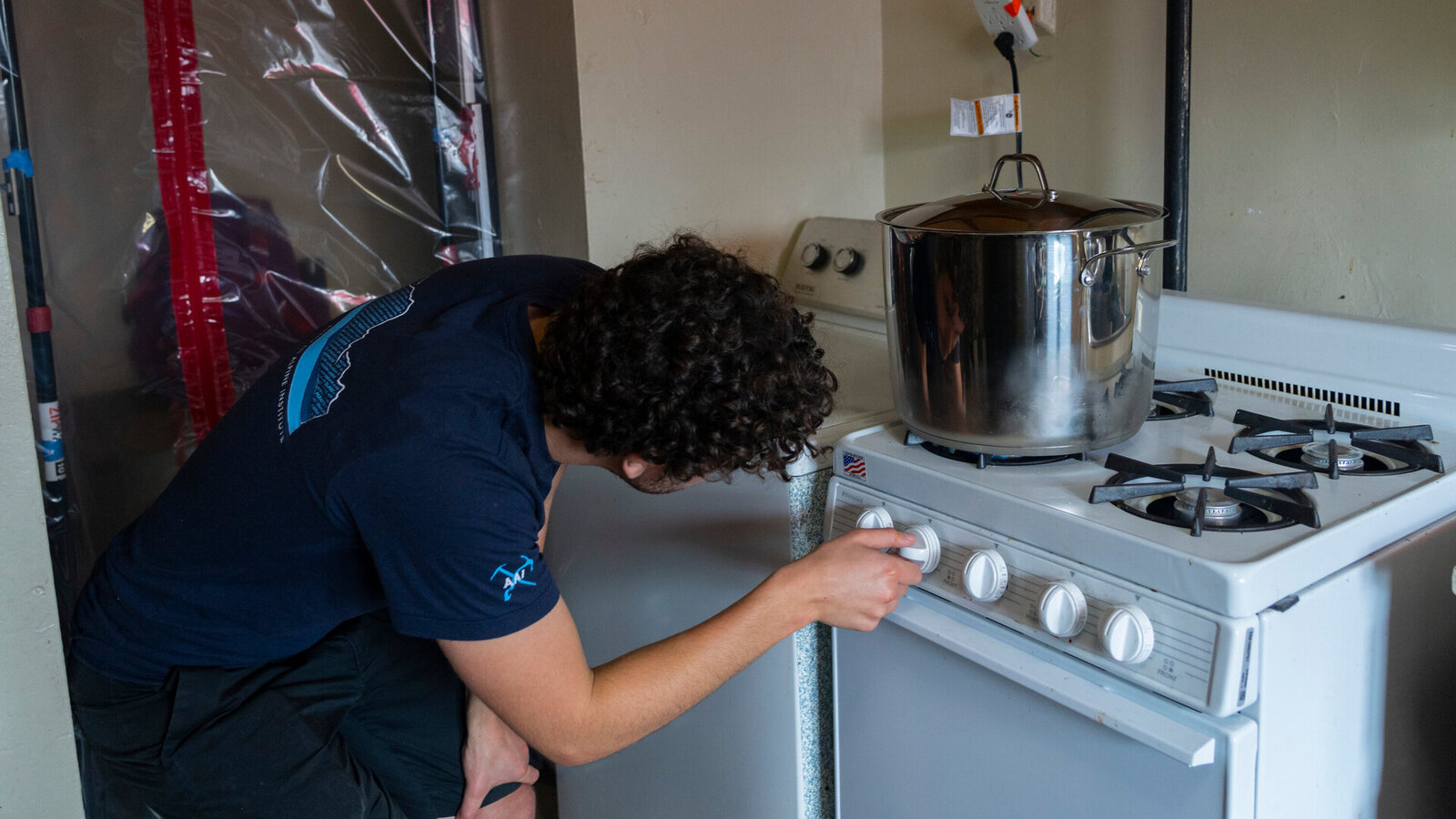

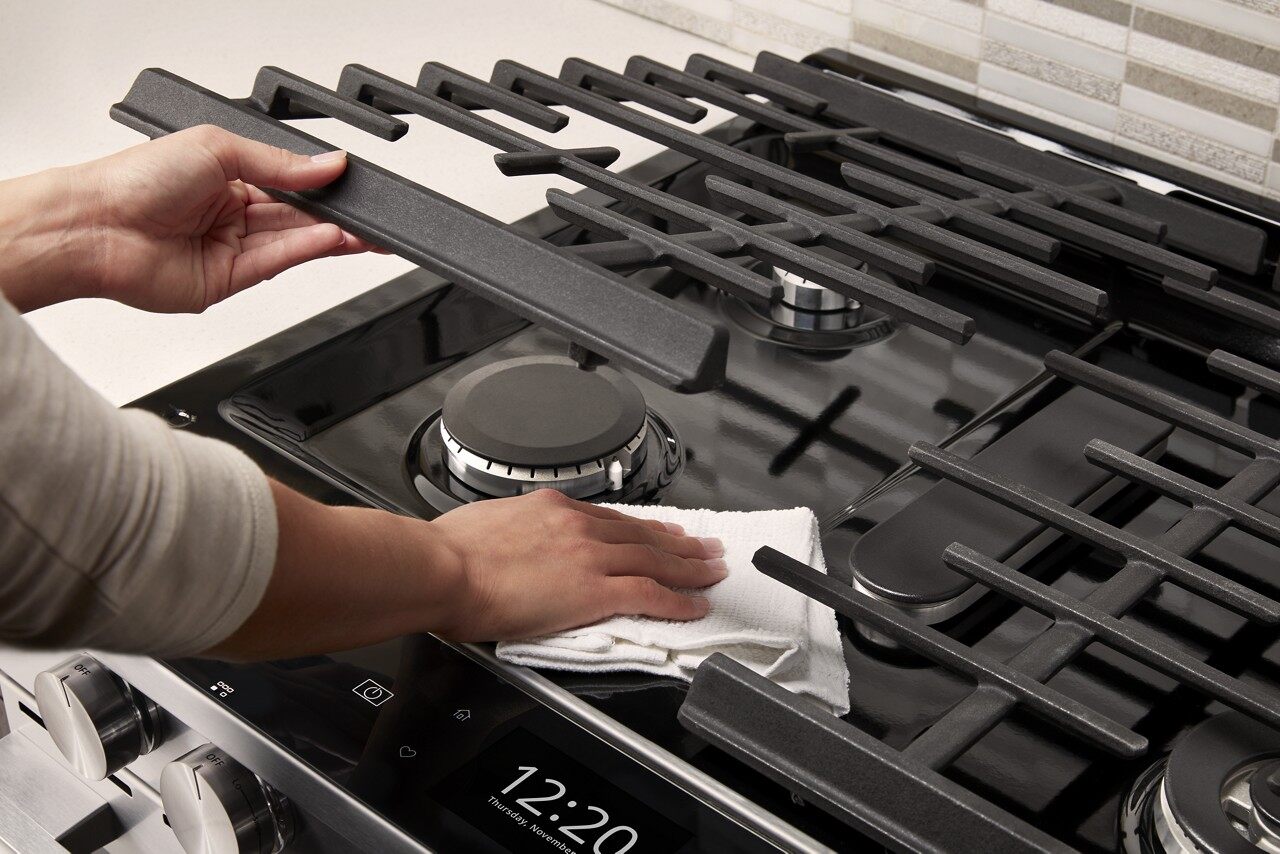
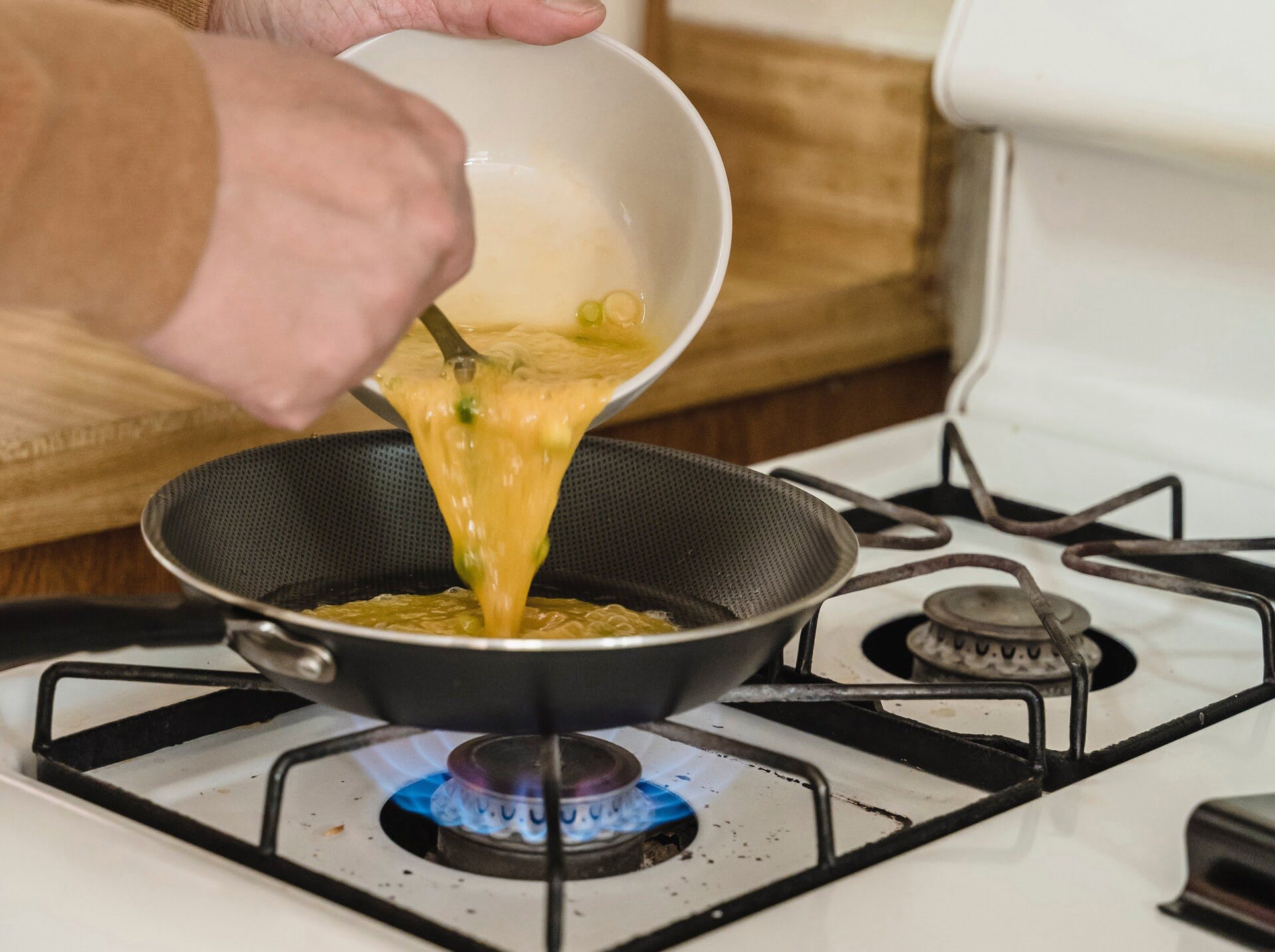
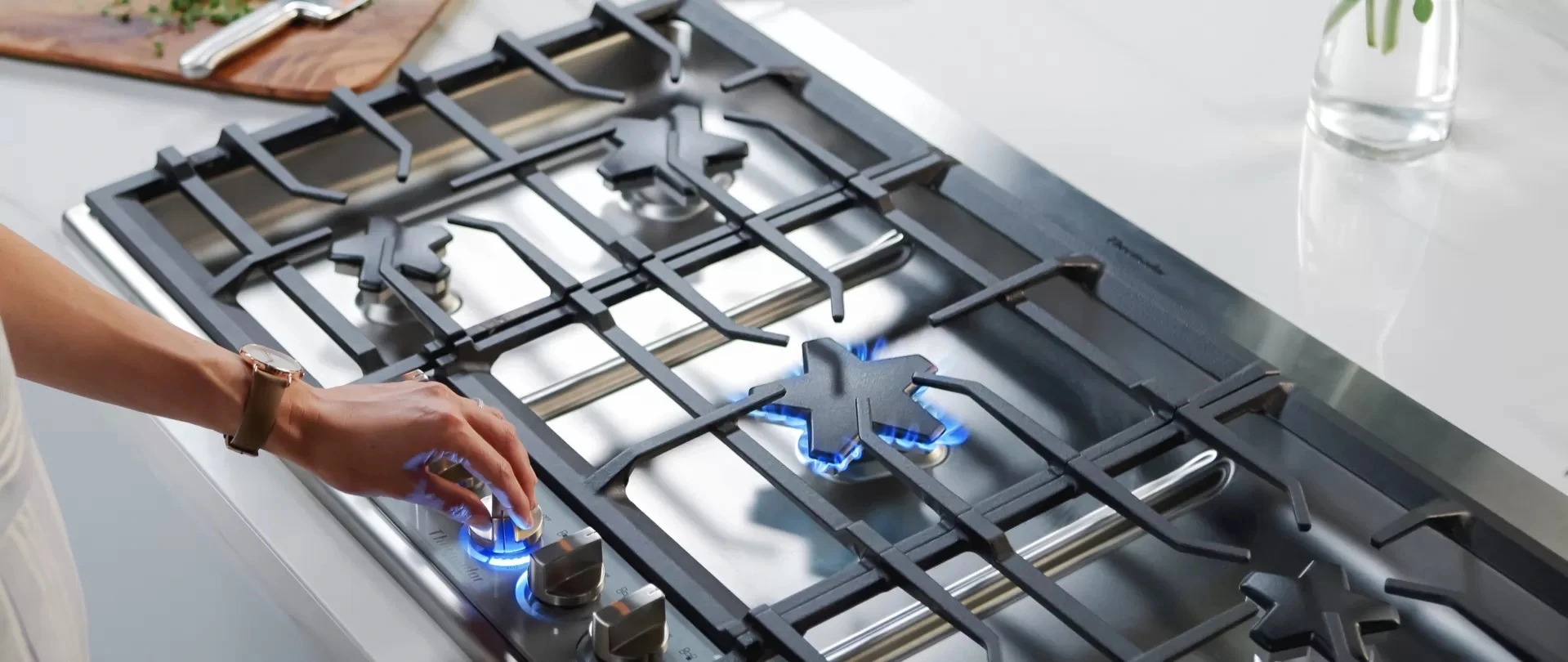
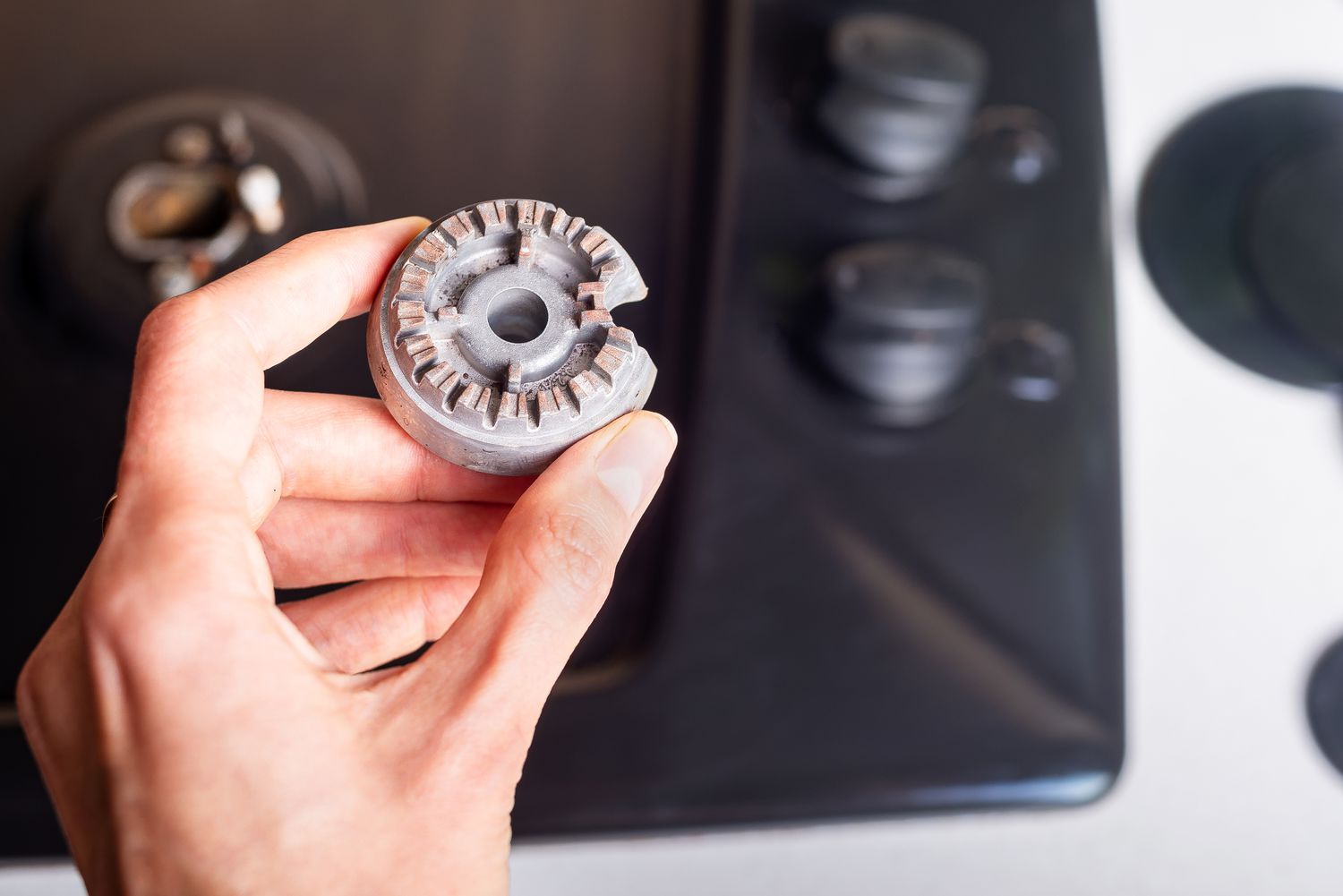
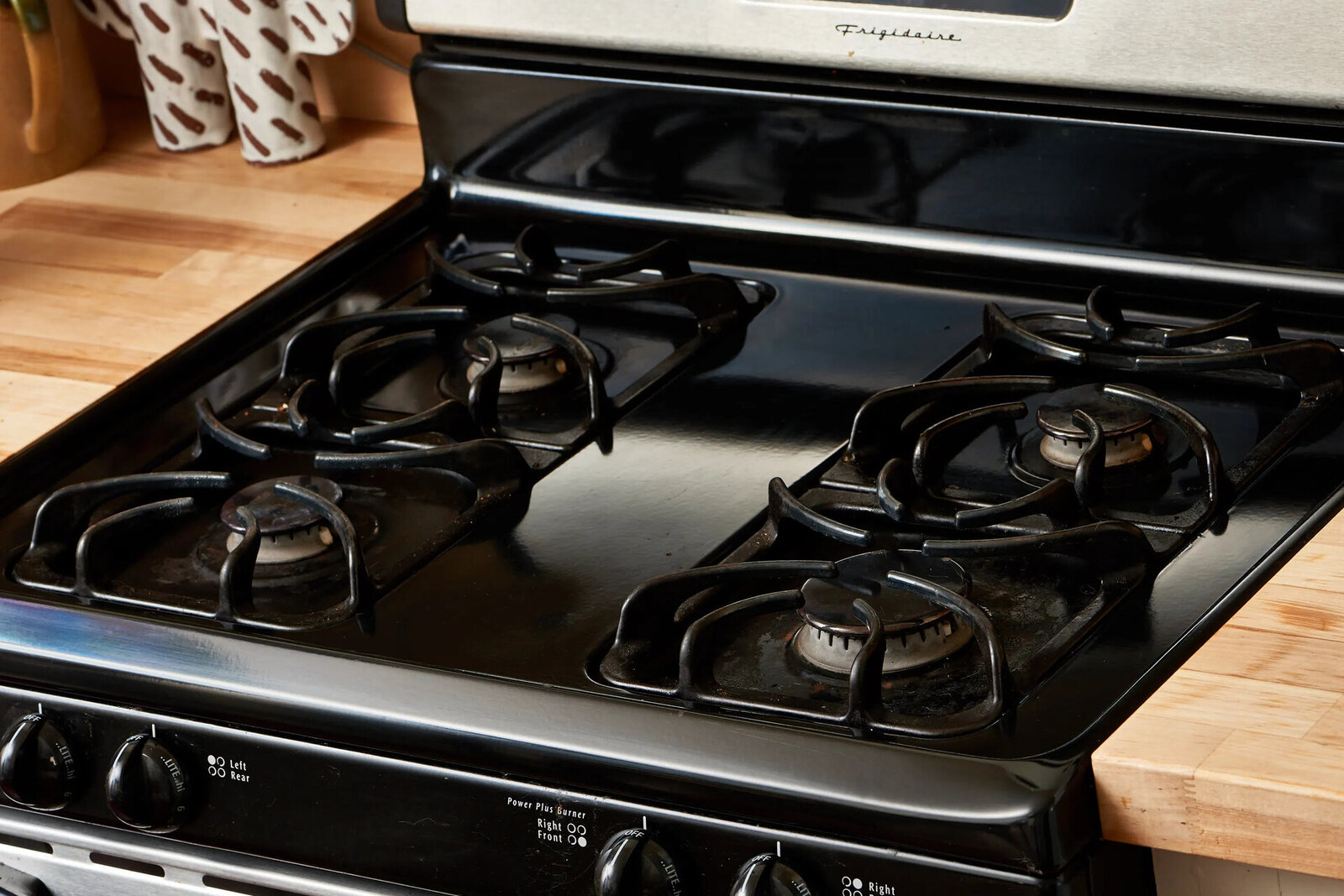
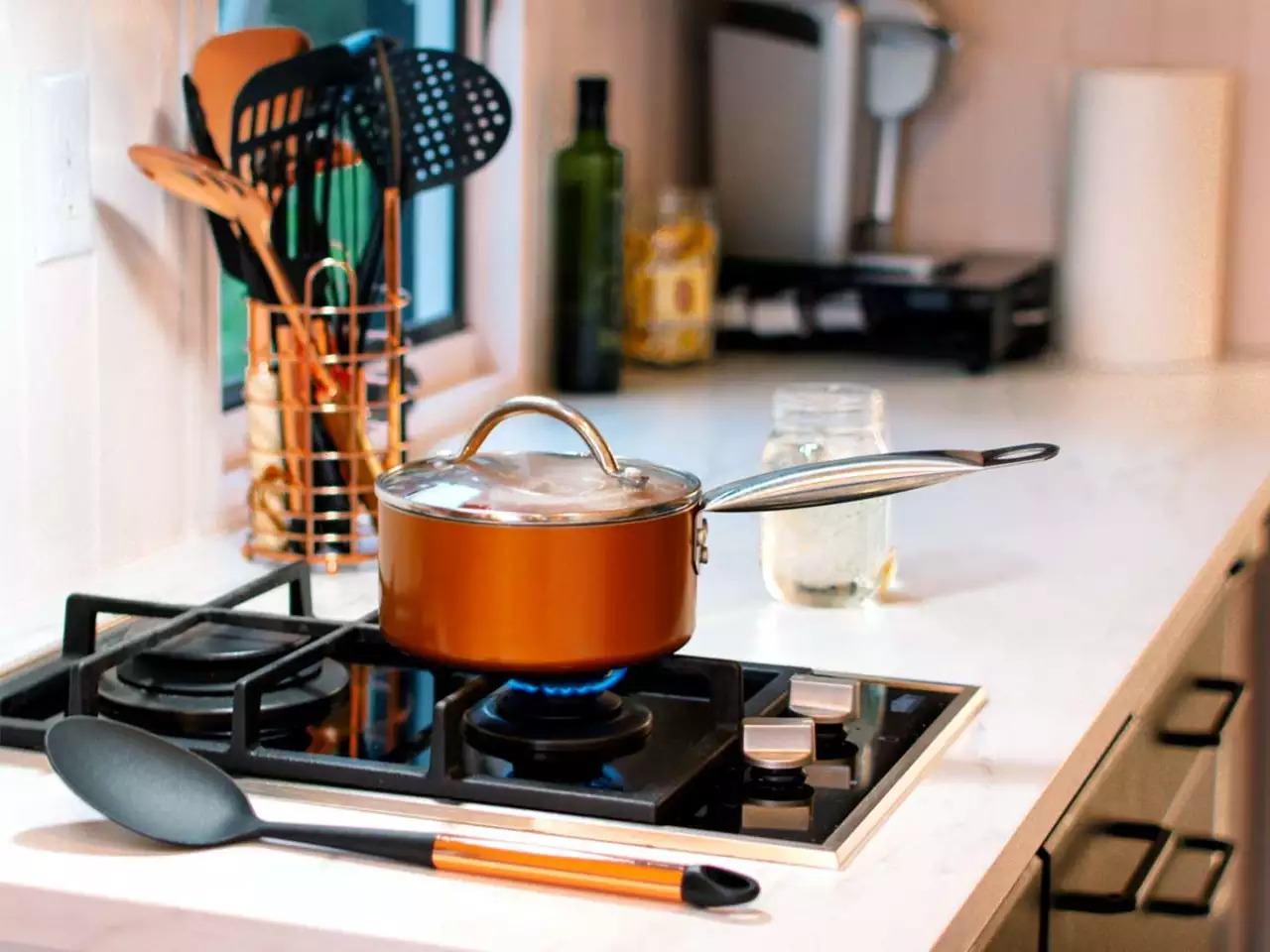
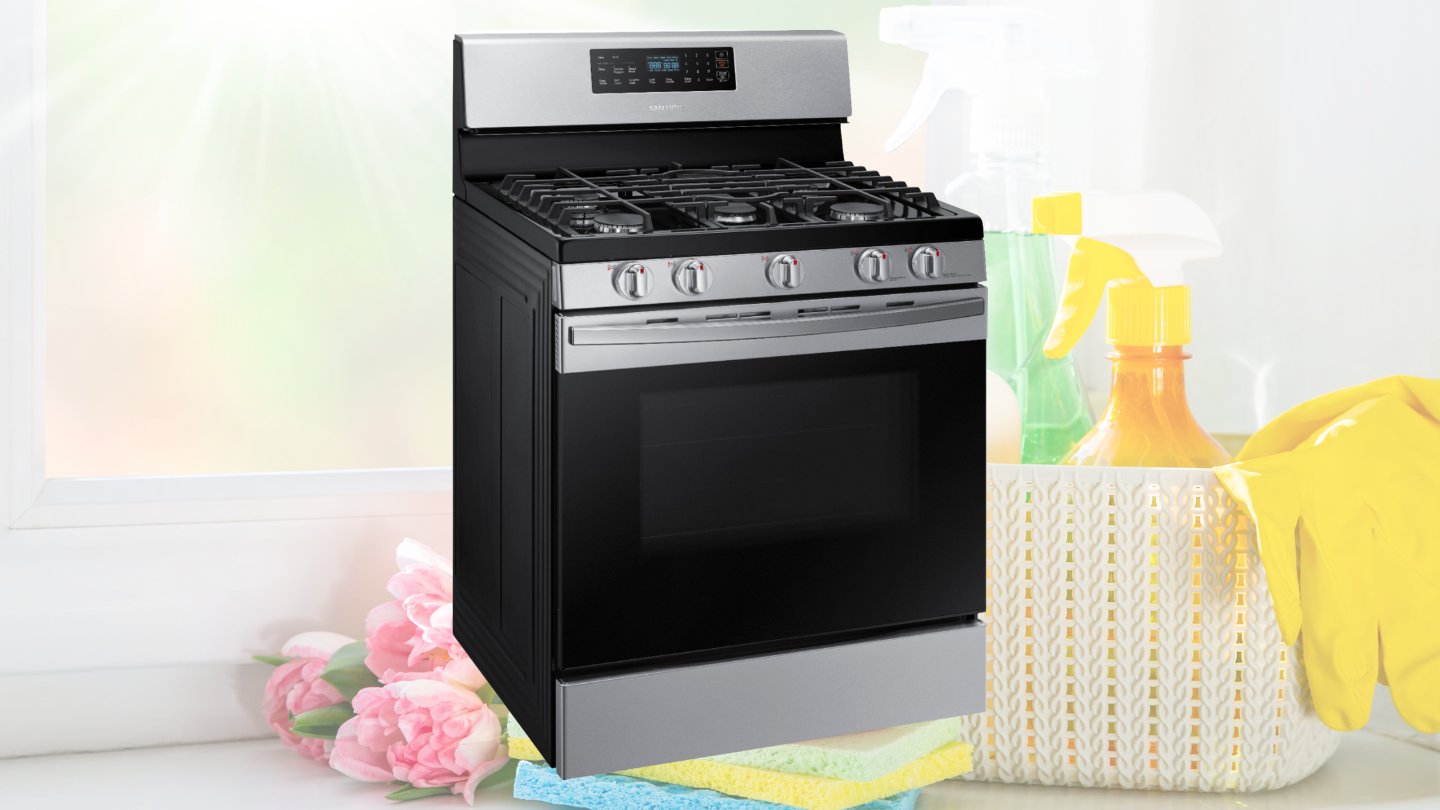
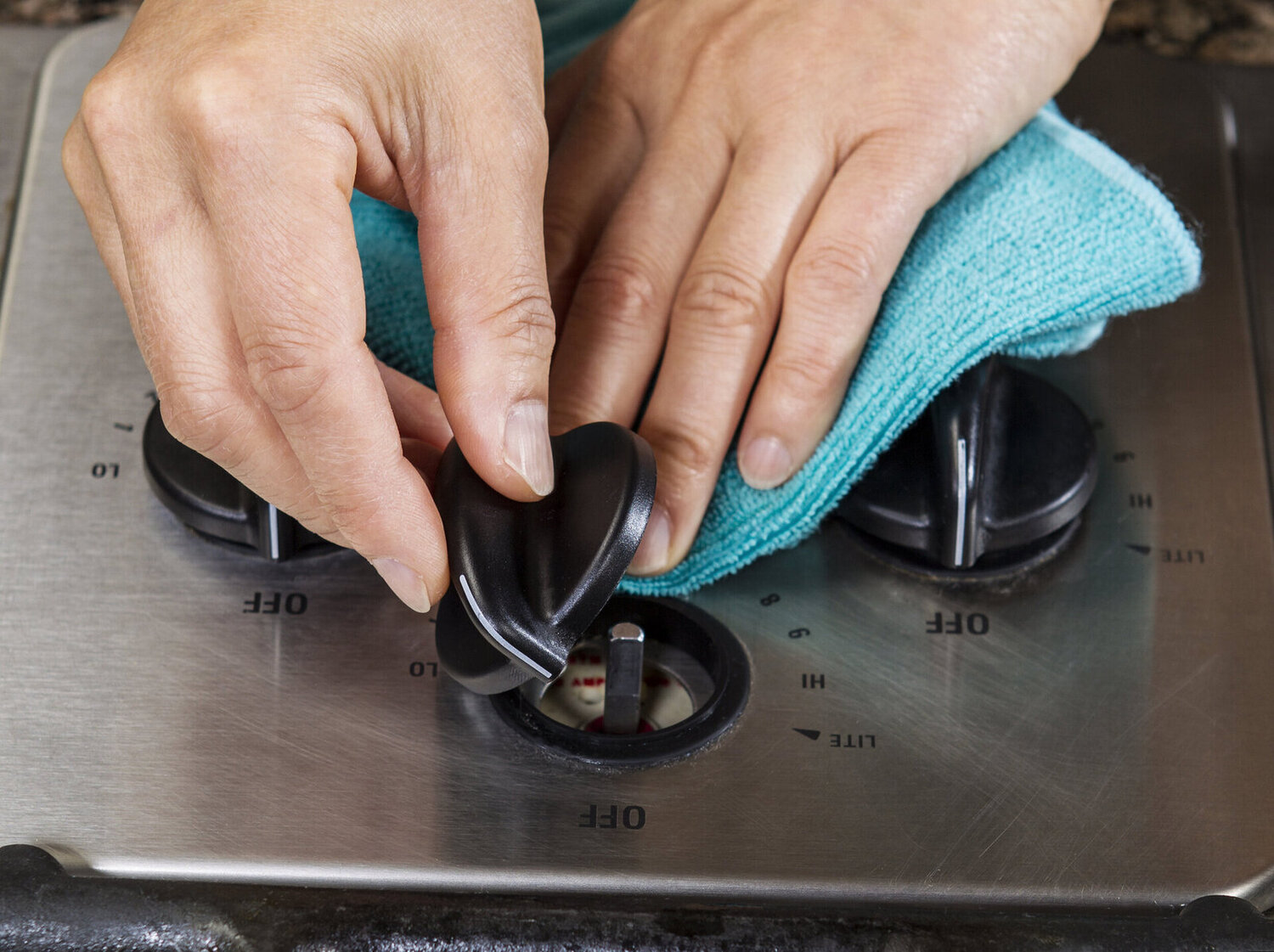
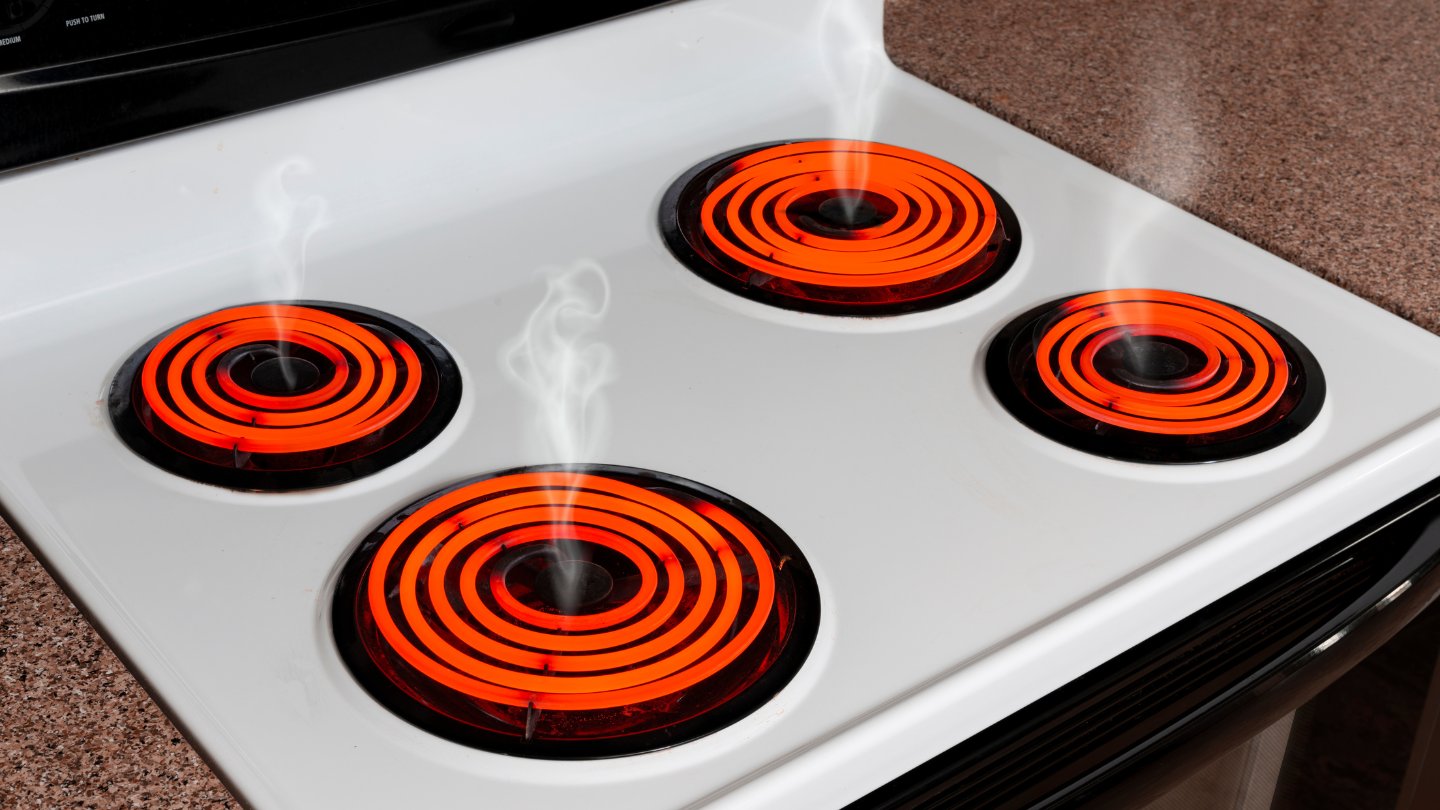
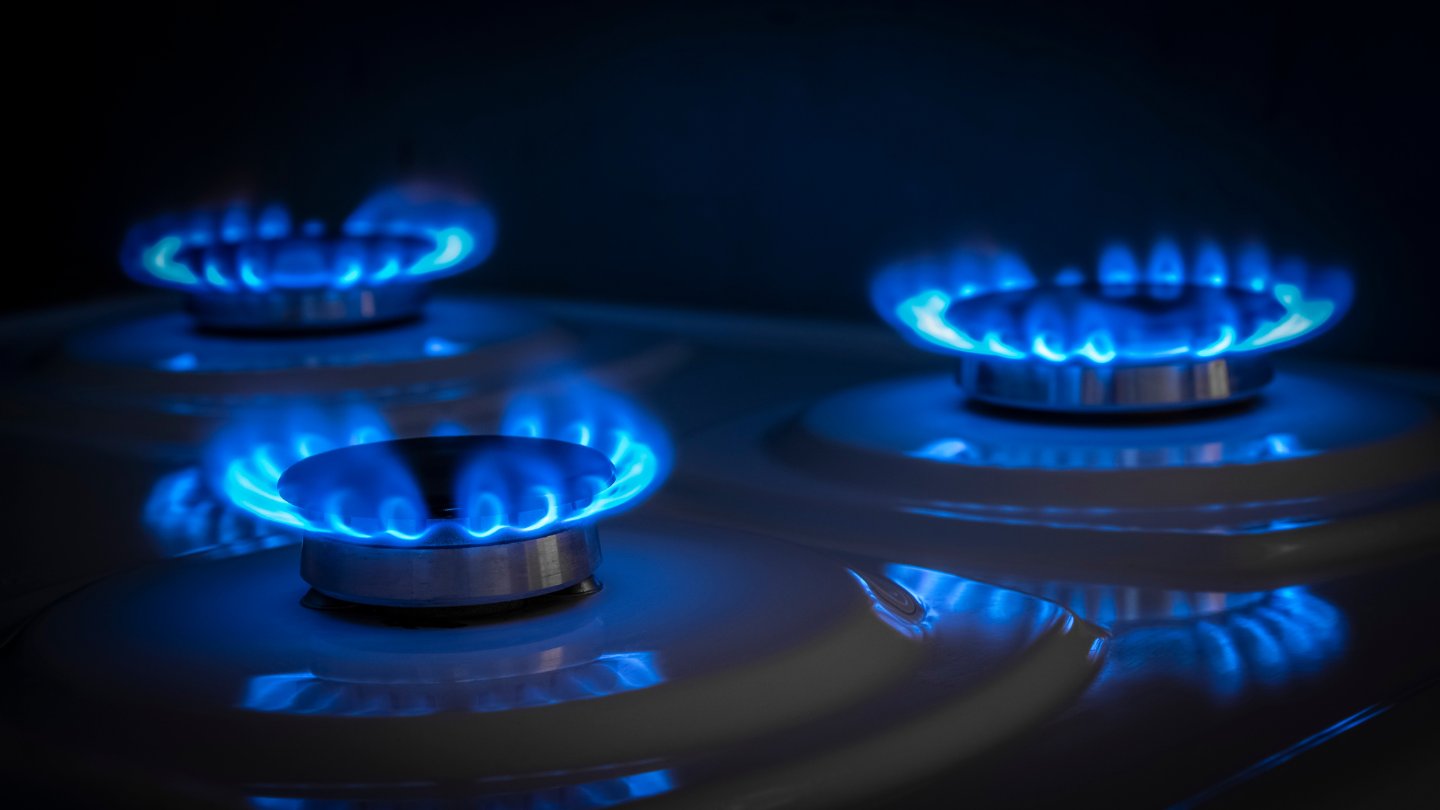
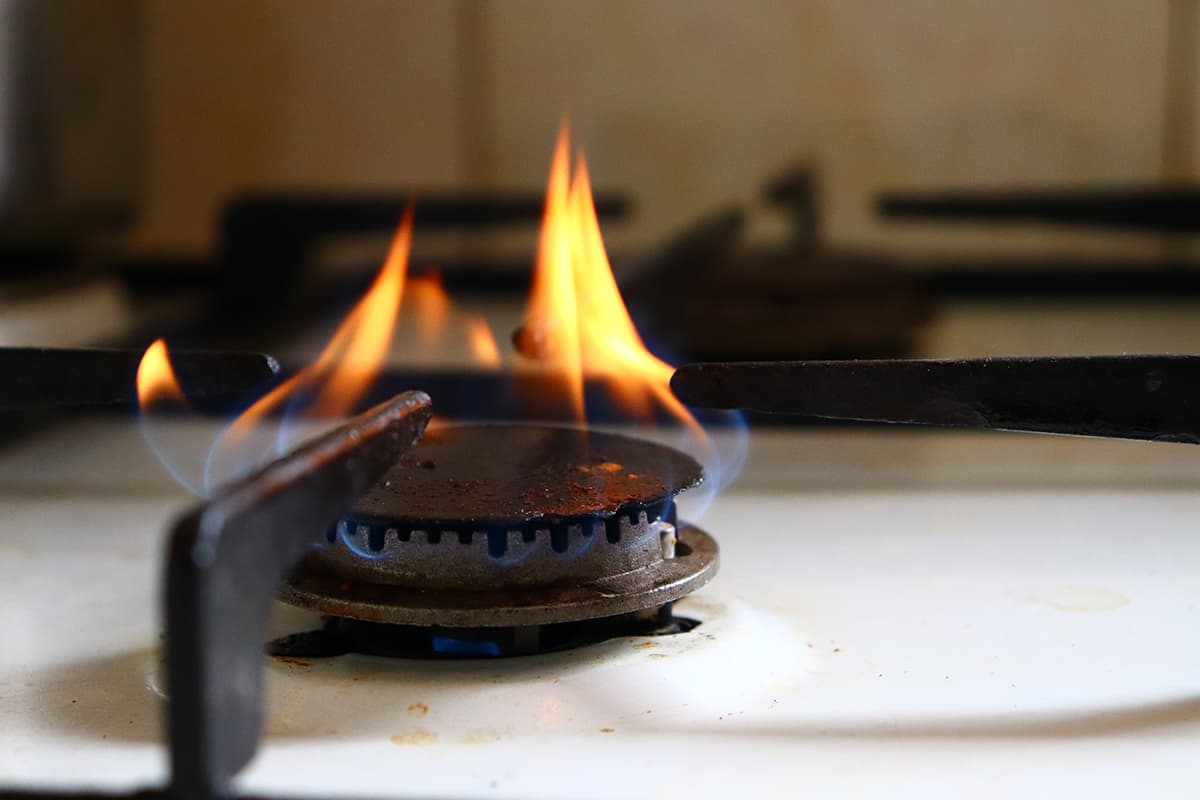
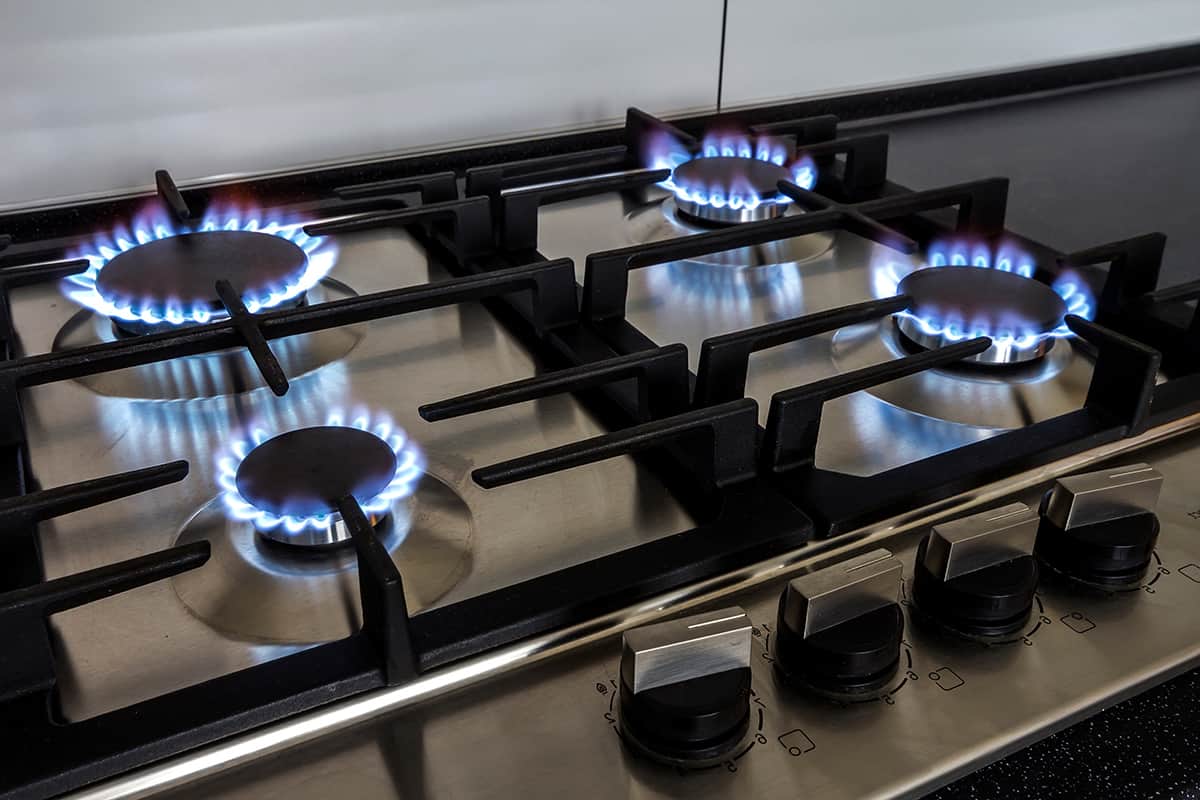

0 thoughts on “Why Don’t Gas Stove Burners Have Flame In Center”